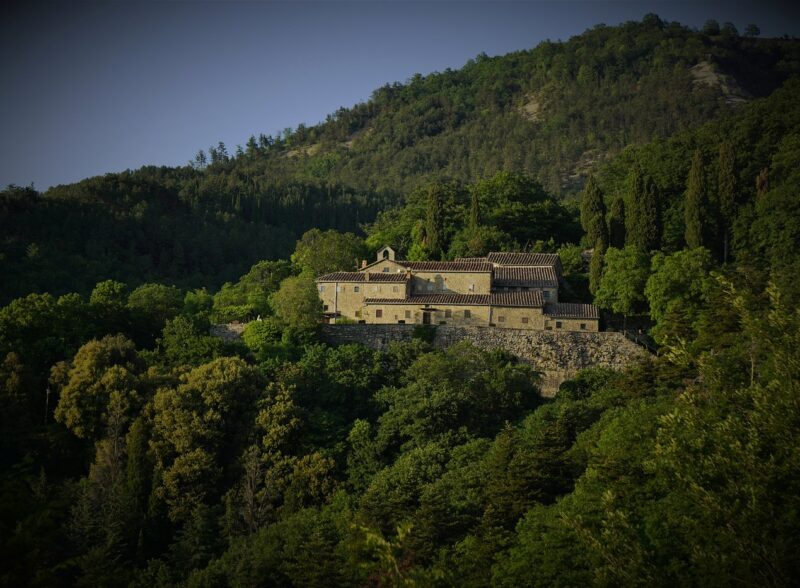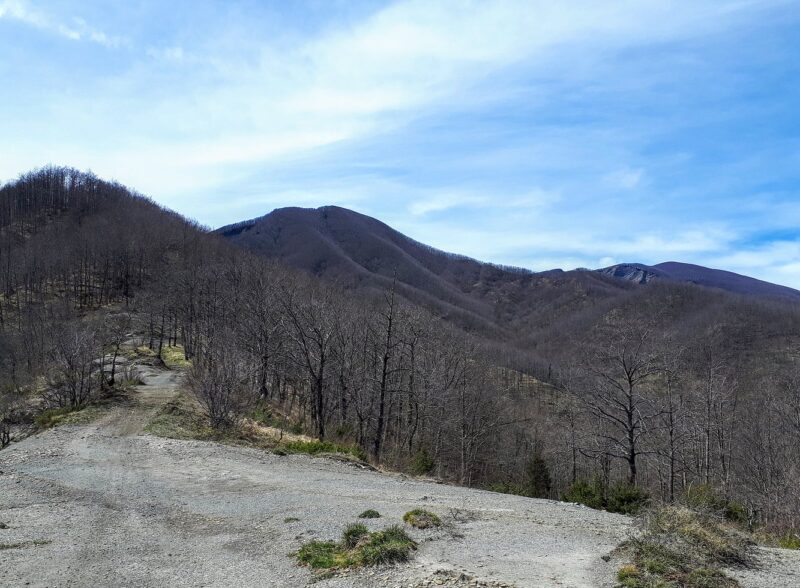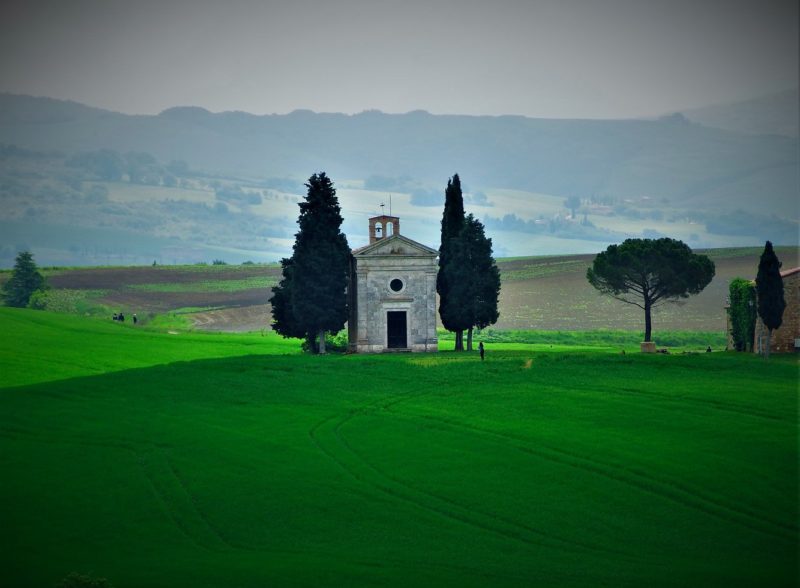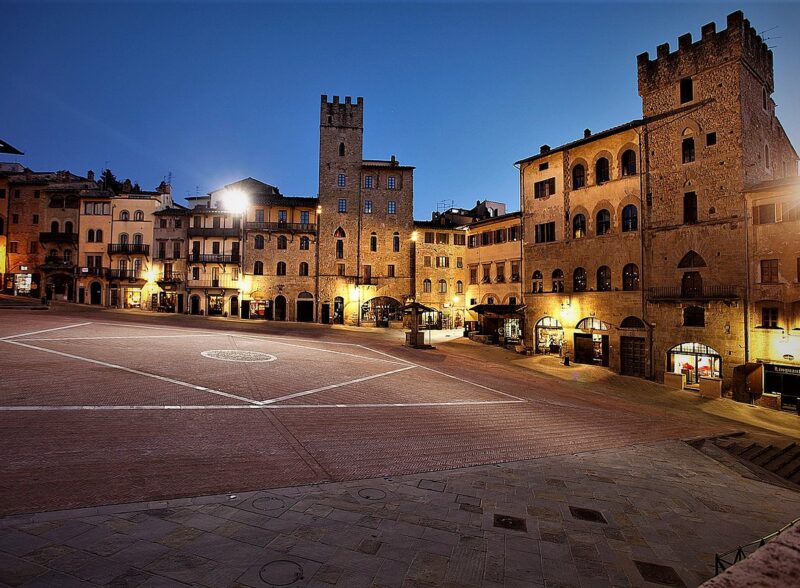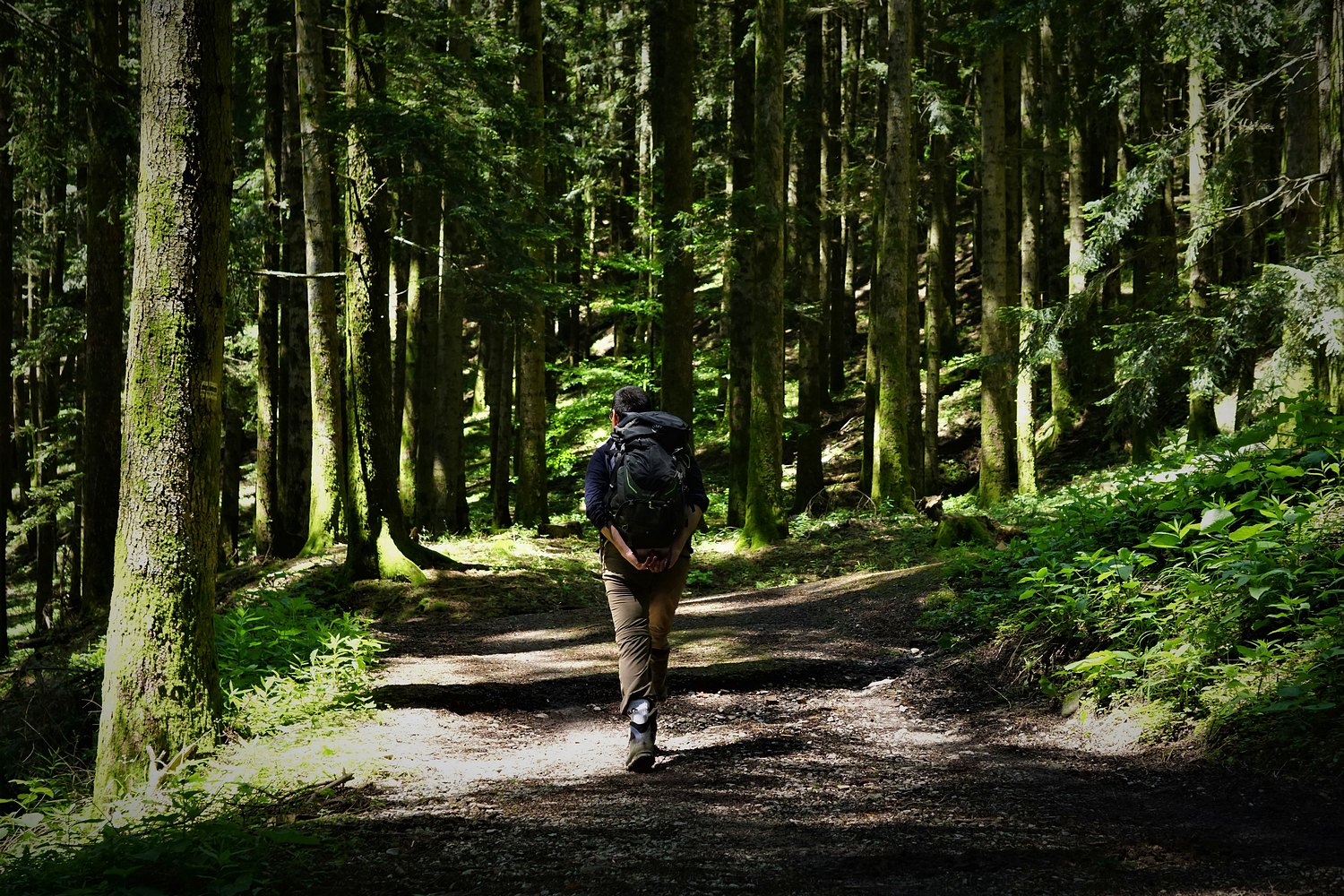
A walking tour on the Apennine Mtns from Stia to Sansepolcro 7d-6n
TOUR DETAILS
From the ridge of the Appenine Mountains you will dive into the spectacular nature of The National Park of the Casentinesi, Monte Falterona and Campigna Forest consisting of outstanding old beech tree and fir tree forests. These forests are the typical scenery of the Park, and it is not just an accident that magnificent monasteries and hermitages are also located in these beautiful surroundings. At the heart of the Park is the Demaniali Casentinesi Forest, an ancient forest closely guarded throughout the centuries by the monastery of Camaldoli and the Franciscan monks of La Verna. From the Park you will walk south following St Francis’ footsteps entering the Valtiberina, the valley of Piero della Francesca who often immortalized its scenery on frescoes and paintings. Here traces of man haven’t disappeared all together but have been frozen in time: houses, maestà (small religious temples), stone bridges and timeworn mule tracks lead hikers to the discovery of this part of Tuscany that is both beautiful and off the beaten path.
Day 1: BENVENUTI! Arrival to Stia, Explore the Old Town (3km)
Stia is a medieval market town that was once the residence of the Guidi Counts, then subjects of the Medici from Florence and the Habsburg dynasty. In the 19th century, the town developed rapidly thanks to the wool manufacturing industry, which made Stia a very important wool center. It is here that the famous woolen fabric called ‘panno del Casentino’ was born.
Walk Details: Easy – 3 km exploratory walk in the main roads and narrow alleys of town.
Day 2: Passo la Calla – Camaldoli Monastery
Meet with our Guide in Stia to receive your materials and then transfer to the beginning of the walk. This is a stunning walk on the ridge of the Apennine Mountains; one of the most beautiful and representing walks on the National Park of The Casentino Forests. You will have the chance to see the Monastery of Camaldoli. Originally built around the year 1000 as a house of refuge for the Fontebuona castle of Count Maldolo, it later became the Monastery of Camaldoli. Of great value are the cloister and the Saint Donnino and Ilariano church, with beautiful paintings by Varsari. To one side of the monastery the antique pharmacy conserves the original chemistry stills, mortars, stoves and precious manuscripts from the Galenical laboratory of the Monks.
Walk Details: Easy – 14 km relaxing walk on paths along the mountain ridge almost all covered under a fir and beech tree canopy.
Day 3: Camaldoli Monastery– Badia Prataglia
Today you’ll experience a stunning walk across the wooded mountains of the park, which is rich in flora and fauna. Then visit the village of Badia Prataglia that is built around a Medieval Abbey. This old abbey (Badia) still exists and was founded by Benedictine Monks from Montecassino. While in town, stop at the main bar for a tortello with potatoes and a glass of red wine.
Walk Details: Moderate – 12 km rolling hike reaching the ridge and the peninsular watershed mountains.
or
Walk Details: Easy – 7 km (paths and double tracks) easy and gently rolling walk through the beech and fir tree forest of the area.
Day 4: Badia Prataglia – La Verna
Highlights of this day include views from the wooded Apennine Mountains’ ridge and a walk to Mt. Penna and St. Francis’ Sanctuary, La Verna. Defensively placed at the top of a steep rock face on the southern flank of Mount Penna, rises this famous Franciscan monastery – a constant place of pilgrimage. The Verna is immersed in a dark, silent forest.
Walk Details: Moderate to Difficult – 18 km (paths, double tracks and gravel roads).
Day 5: La Verna – Alpe di Catenaia
Traveling along one of the paths most used by St. Francis you will gradually enter the scenic Tiber valley. The vista of the Upper Tiber Valley is lovely and the tasty “secrets” of the local wood such as truffles and mushrooms are a must here.
Walk Details: Moderate – 16 km (paths, double tracks and gravel roads).
Day 6: Alpe di Catenaia – Anghiari /Sansepolcro
Explore the medieval town of Anghiari and the fertile fields of the Tiber Valley. Anghiari is a stunning little town perched on the sides of the hills between the Sovara and the Valley of the Tiber. Its name is connected with a famous battle (the Battle of Anghiari) fought in 1440 in the plain of Anghiari and painted by Leonardo in the Salone of Palazzo Vecchio in Florence. While here you should visit the museum to see Piero della Francesca’s “Resurrection”.
Walk Details: Moderate – 16 km (double tracks and gravel roads) mostly ascent with a view of the Tiber Valley.
Day 7: Ciao Ciao!
End of tour after breakfast. Departure by bus plus train is available to reach Florence and bus departures are available to get to Rome and Florence.

